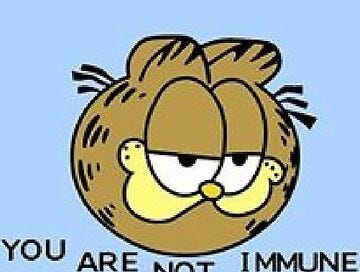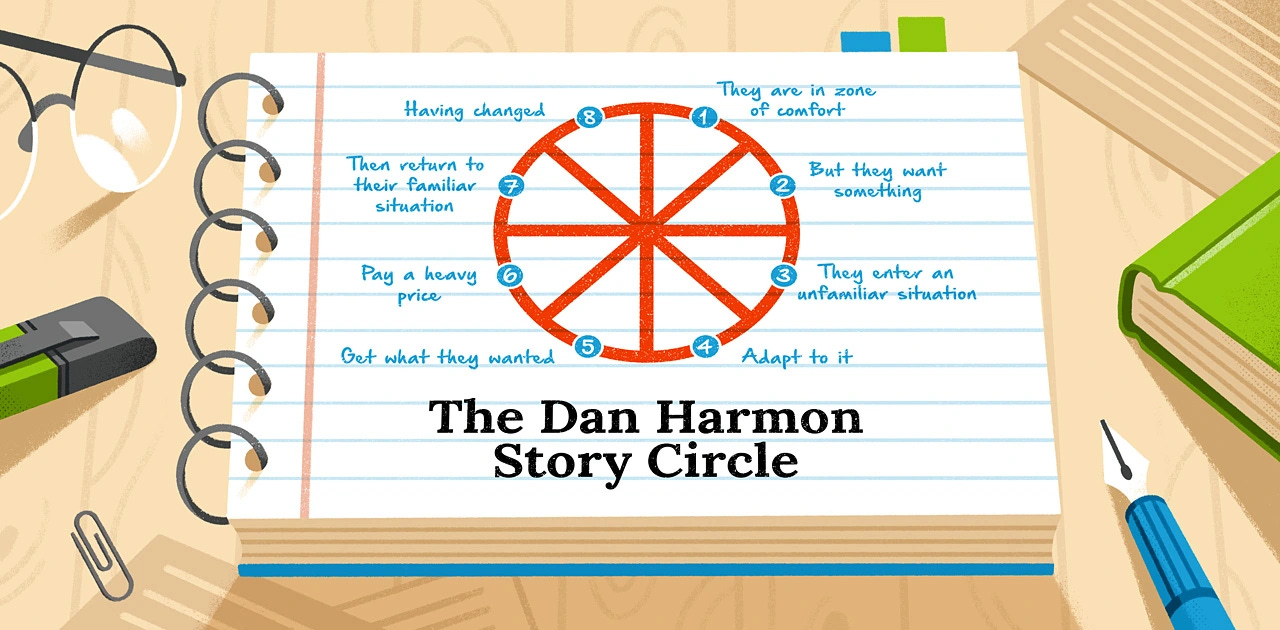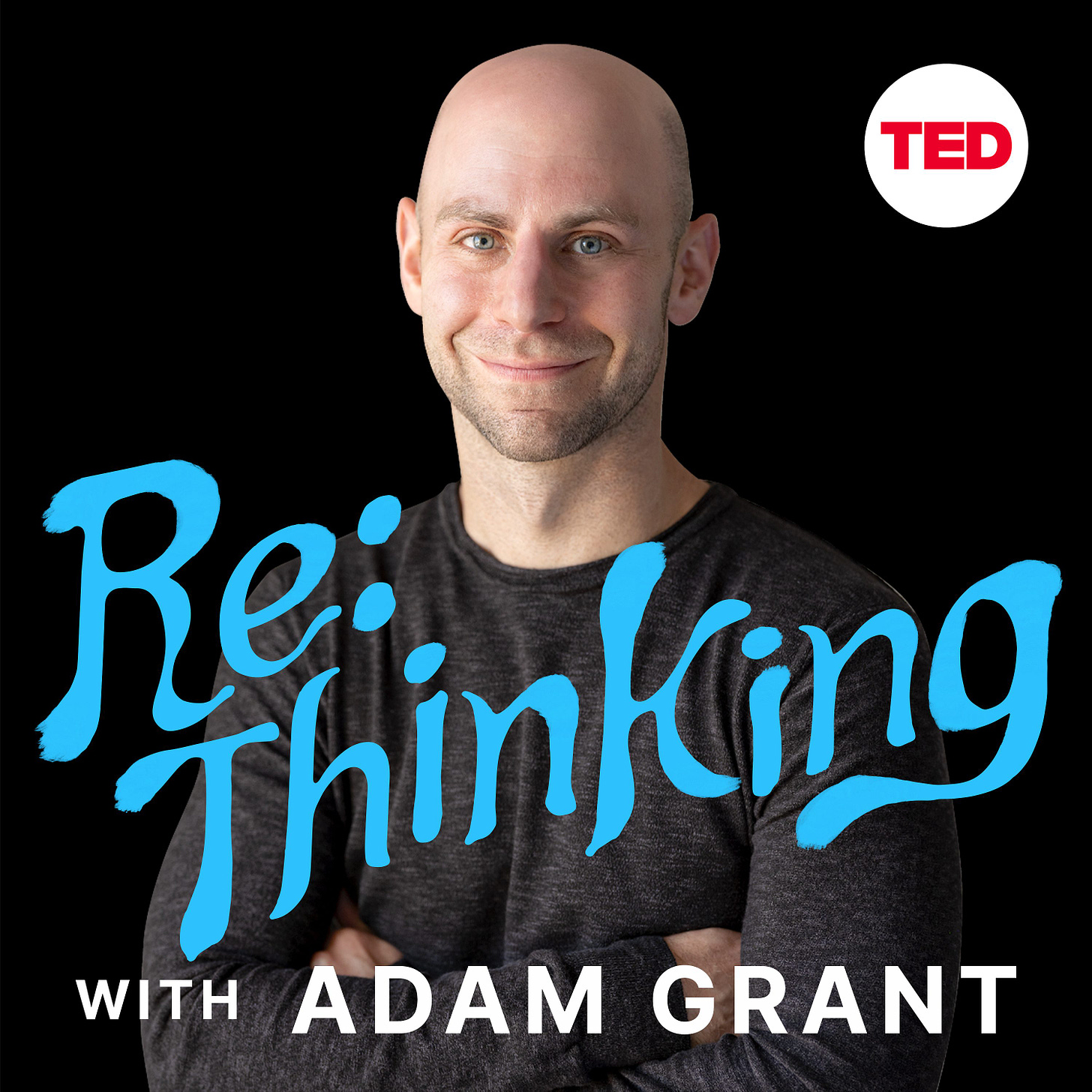👂🏻🔍A Podcast Marketing Deep Listening Practice
To be a better podcast marketer, you have to listen like one
Hi hello! Wil back with more Podcast Marketing Magic! This week, I’m back talking about how to listen to podcasts like a marketer. Today, I want to focus on one specific deep listening study, breaking down one trailer and dissecting what makes it work: the trailer for This Is Propaganda, a podcast all about marketing, propaganda, and why the two are more deeply intertwined than you might think.
If you like this format and want more listening studies, let us know! We’re planning our next quarter’s edcal, so now is a great time.
But for now, it’s trailer time! Want a 101 on what makes a good podcast trailer? We’ve got you. Now let’s make some propaganda.
⏱️Keep it short and sweet
This Is Propaganda’s trailer is 60 seconds long — and that is the maximum I recommend having your trailers! I always like having a 30 and 60 second trailer to send to other podcasts who might want to do a promo swap with my podcasts. But as a listener, I’m biased towards 60 seconds, and this trailer is a great example of why.
60 seconds keeps you in check to make sure you’re not wasting your listener’s time, but it also gives you a lot of breathing room to dive into what your podcast is about and tell an entire story. Every second of this trailer is used for maximum impact. My time absolutely does not feel wasted.
📖Tell a story
This trailer, nostably, does not start with a voice telling you what their podcast is about. Instead, it starts with a mysterious narrator telling you a completely different story: a story about a beer. It’s not until this subject has been exposited that you get the connection to the podcast itself, displayed as interference or a twist. There’s an ominous high tone and then static before a radio tune into a quote: “All propaganda is a story.”
This is when the narrative opens up. It’s not just about this American beer with horse iconography (love how it lets the listener infer the connection) — it’s about America itself, and about propaganda. Now, the twist fully reveals itself: “This perception in itself was born from a lie — a lie that began a century ago,” followed by more clips of how we can see this lie play out all around us.
The trailer itself has a twist! This is part of what makes movie trailers work. They don’t just give you the whole plot of the story they’re telling. They give you the start of the character’s journey and when things start to get unexpected — steps 1 and 3 of Dan Harmon’s story circle, for example.
✂️Show off your editing chops
Another part of what makes each second count in this trailer is the editing. When I say to closely edit your trailers, I don’t necessarily mean “no silences, everything at breakneck speed so you can fit in as much ✨content✨ as humanly possible.” Instead, what I mean is to make sure your pacing fits the format — and the script.
This Is Propaganda’s trailer starts with a low bass, and then some narration that takes its time. It’s building narrative suspense in its pacing, slowly leading the listener in to the story that’s about to unfold. But then, right as things start going awry (as mentioned up above 👆🏻), that’s when the editing starts moving along the clips and narration faster, adding to that momentum and suspense. The editing keeps you on the edge of your seat until you finally land back at comfortable pacing — just in time for them to drop the title of their podcast once more.
🎶Make your music count
The music for this trailer is sweeping and cinematic, and for the story being told here, it works. You’re being lead through a story of lies, fascism, and mass manipulation, being swarmed with clips from different perspectives. The tone is serious and morbidly fascinating, which means using a huge score is a great fit. It’s captivating, and it plays off the editing and content perfectly.
Music is important in trailers for some really key reasons that might feel obvious, but aren’t typically discussed in full:
Music has the ability to set tone, energy, and pacing without taking any additional time; it lies underneath the other audio, working simultaneously alongside the script and editing
Music helps make sure your trailer sounds distinct from any other audio in context, which is especially helpful during promo swaps
Music gives something for people’s brain to latch onto as they process the clips, narration, and other information in the trailer, acting almost like a glue holding everything together and making it cohesive
🤝Make it sound like the podcast itself
The cherry on top of all of this? That story about the beer wasn’t just made for this trailer. It was taken right from an episode.
Listen to the start of the trailer again. Surprising, right? In this context, it sounds like it was made specifically for a trailer — but when you listen to the episode, it feels just as natural. It falls about a third into their third episode, not even at the beginning! And it works. It makes sense. It’s perfect in both contexts.
Not only does this mean that the team could double dip, pulling a clip to structure their trailer without having to record that specific section again — it also means that the trailer actually sounds like the podcast. It means they are giving an ad (propaganda) for their podcast that isn’t misleading. You will hear a podcast that sounds just like the trailer, and fulfills the promise the trailer gives to the listener.
🎧 From The Desk of Tink
ReThinking with Adam Grant is a fascinating podcast on thinking about thinking. Organizational psychologist Adam Grant interviews great thinkers across tons of different disciplines to get into the nitty gritty of how their brains work — and how you can get your brain to maybe work more like theirs. It’s another must-listen from the TED Audio Collective.
Thank you for reading! Next week, Shreya returns with more magic! ✨
— Wil 🦇






